July 5, 2024
Toyota Community
5 July 2024, 7:33 AM
The interview with former chief engineer of Land Cruiser: Part1
Source: TOYOTA Times
Date: 2021.08.03
https://toyotatimes.jp/en/report/landcruiser_70th/040.html
Land Cruiser's 70-Year History and Design Philosophy: Interview with Chief Engineers (Part 1)
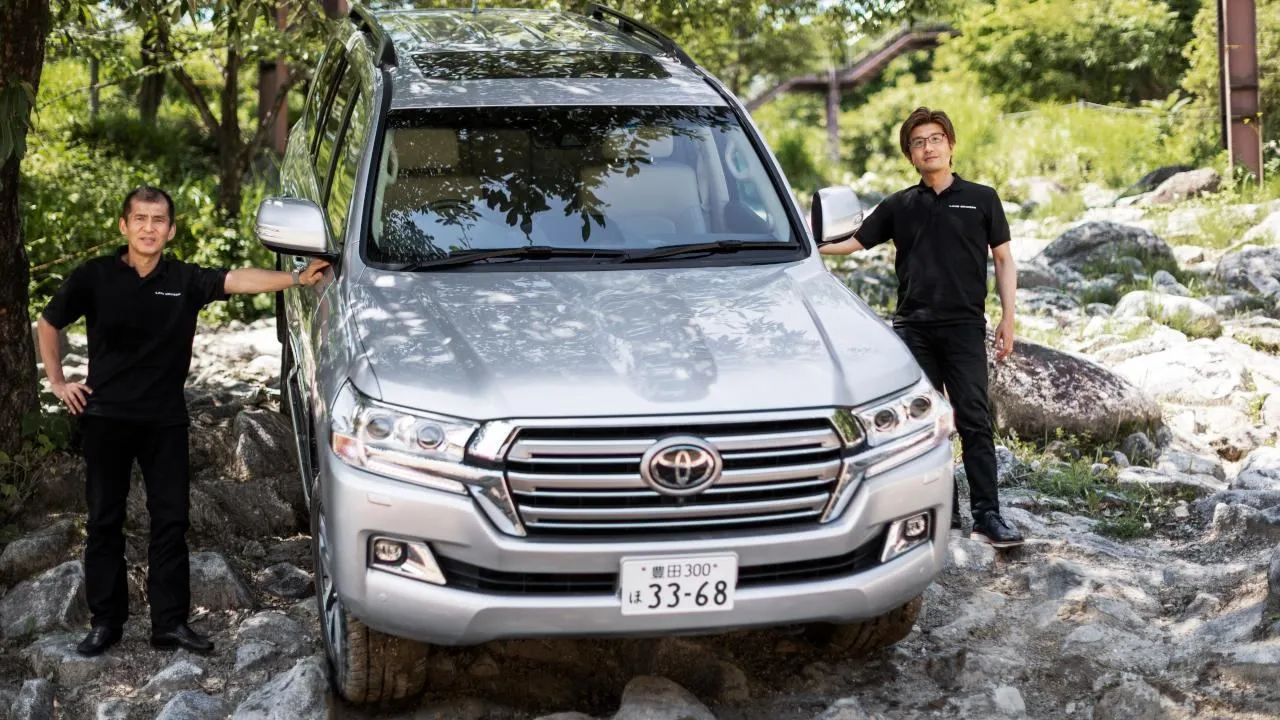
Toyota Community
5 July 2024, 7:41 AM
The interview with former chief engineer of Land Cruiser: Part2
Source: TOYOTA Times
Date: 2021.08.04
https://toyotatimes.jp/en/report/landcruiser_70th/041.html
Land Cruiser's 70-Year History and Design Philosophy: Interview with Chief Engineers (Part 2)
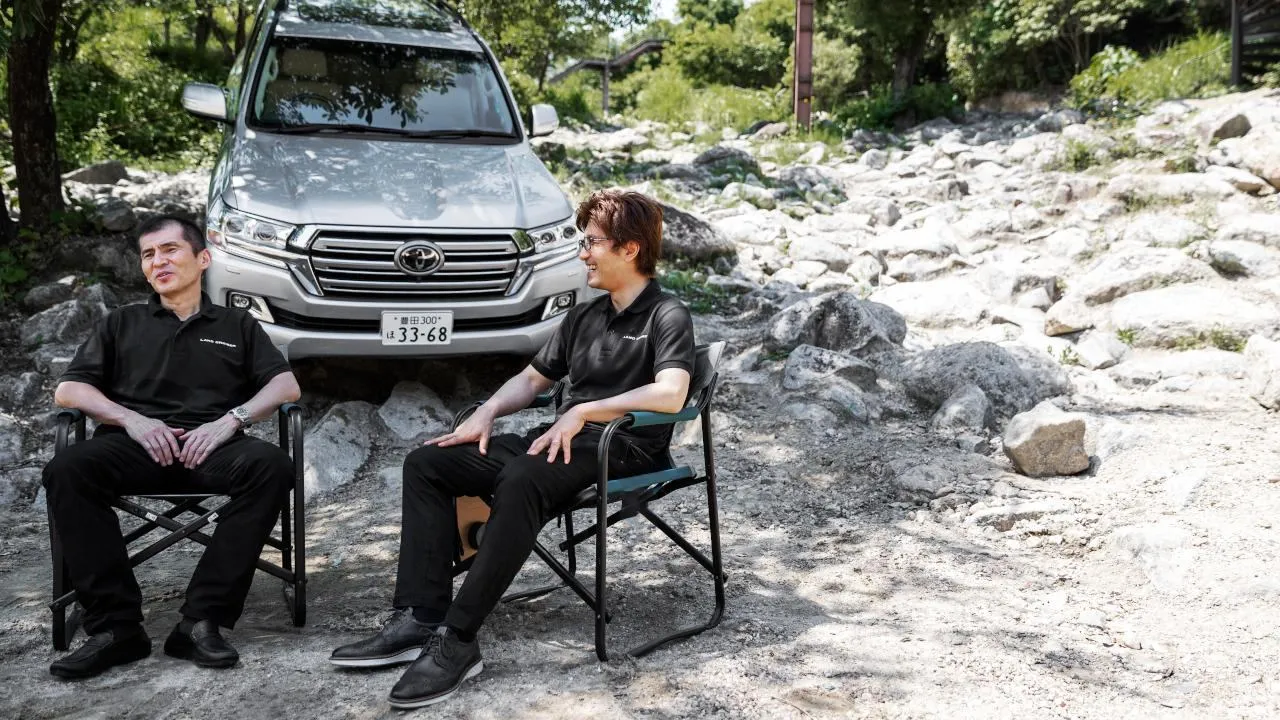
Toyota Community
5 July 2024, 7:51 AM
How the New Land Cruiser Got its Drive: Part1
Source: TOYOTA Times
Date: 2021.08.05
https://toyotatimes.jp/en/report/landcruiser_70th/042.html
"Surpassing the Predecessor": How the New Land Cruiser Got its Drive (Part 1)
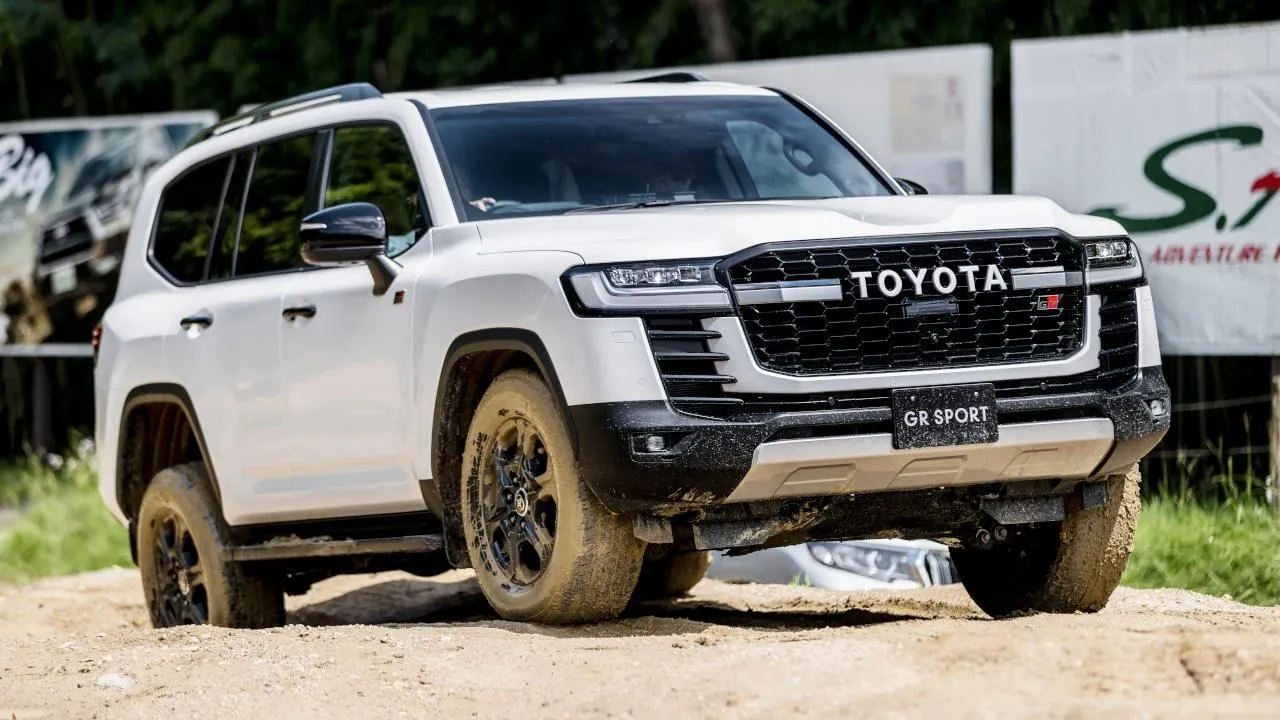
September 24, 2024
Toyota Community
24 September 2024, 6:49 AM
How the New Land Cruiser Got its Drive: Part2
Source: TOYOTA Times
Date: 2021.08.06
https://toyotatimes.jp/en/report/landcruiser_70th/043.html
"Surpassing the Predecessor": How the New Land Cruiser Got its Drive (Part 2)
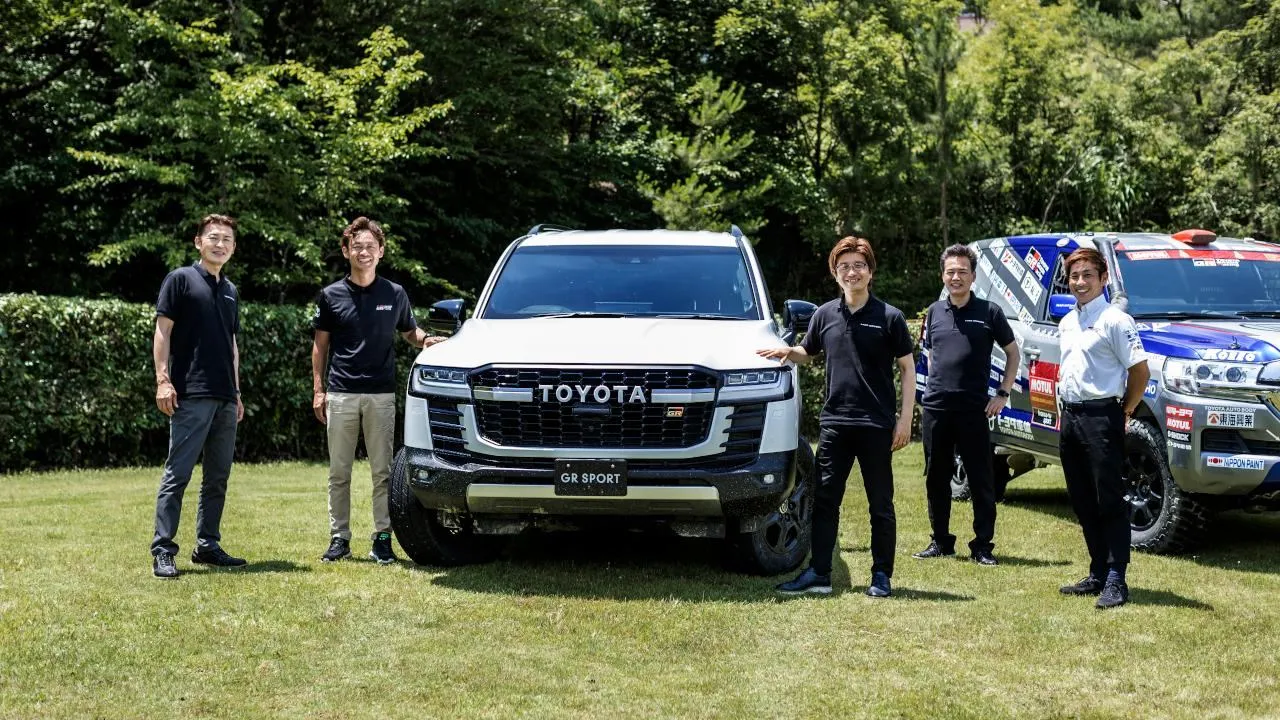
Toyota Community
24 September 2024, 6:58 AM
To Make Ever-Better Cars: Land Cruiser and GR Yaris Engineers Share What They Value in the Development (Part 1)
Source: TOYOTA Times
Date: 2021.09.03
https://toyotatimes.jp/en/report/landcruiser_70th/044.html
To Make Ever-Better Cars: Land Cruiser and GR Yaris Engineers Share What They Value in the Development (Part 1)
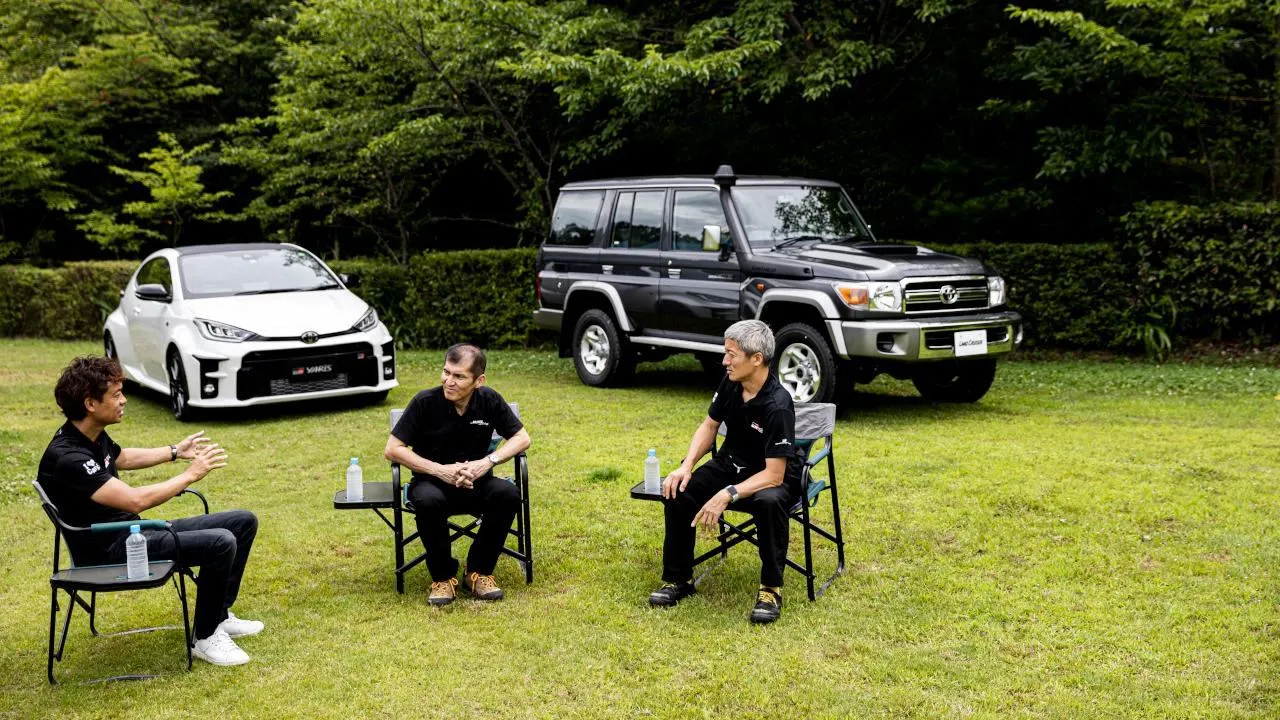
Toyota Community
24 September 2024, 6:58 AM
To Make Ever-Better Cars: Land Cruiser and GR Yaris Engineers Share What They Value in the Development (Part 2)
Source: TOYOTA Times
Date: 2021.09.03
https://toyotatimes.jp/en/report/landcruiser_70th/045.html
To Make Ever-Better Cars: Land Cruiser and GR Yaris Engineers Share What They Value in the Development (Part 2)
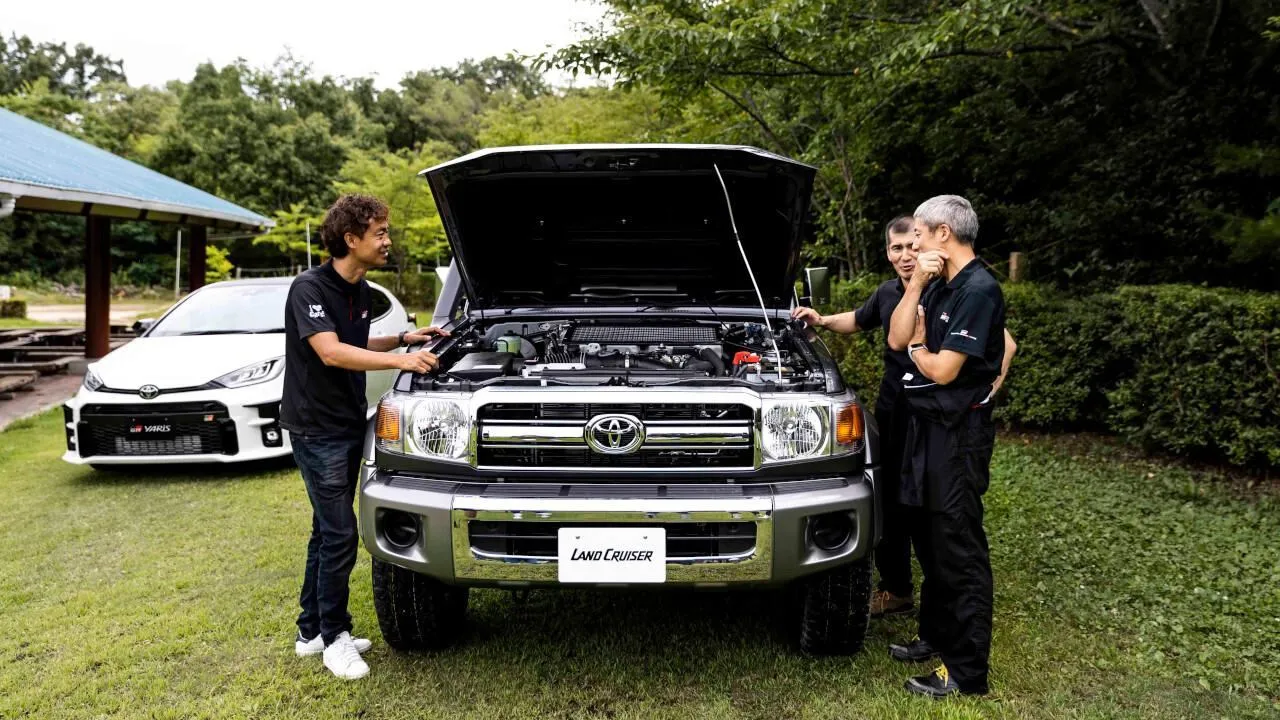
June 20, 2025
Toyota Community
20 June 2025, 8:09 AM
Event Report from Japan : “Land Cruiser 40 Meeting East” and “LAND CRUISER FES. JAPAN“
Source : Original
Date : 2025.06.20
“Land Cruiser 40 Meeting East” and “LAND CRUISER FES. JAPAN“
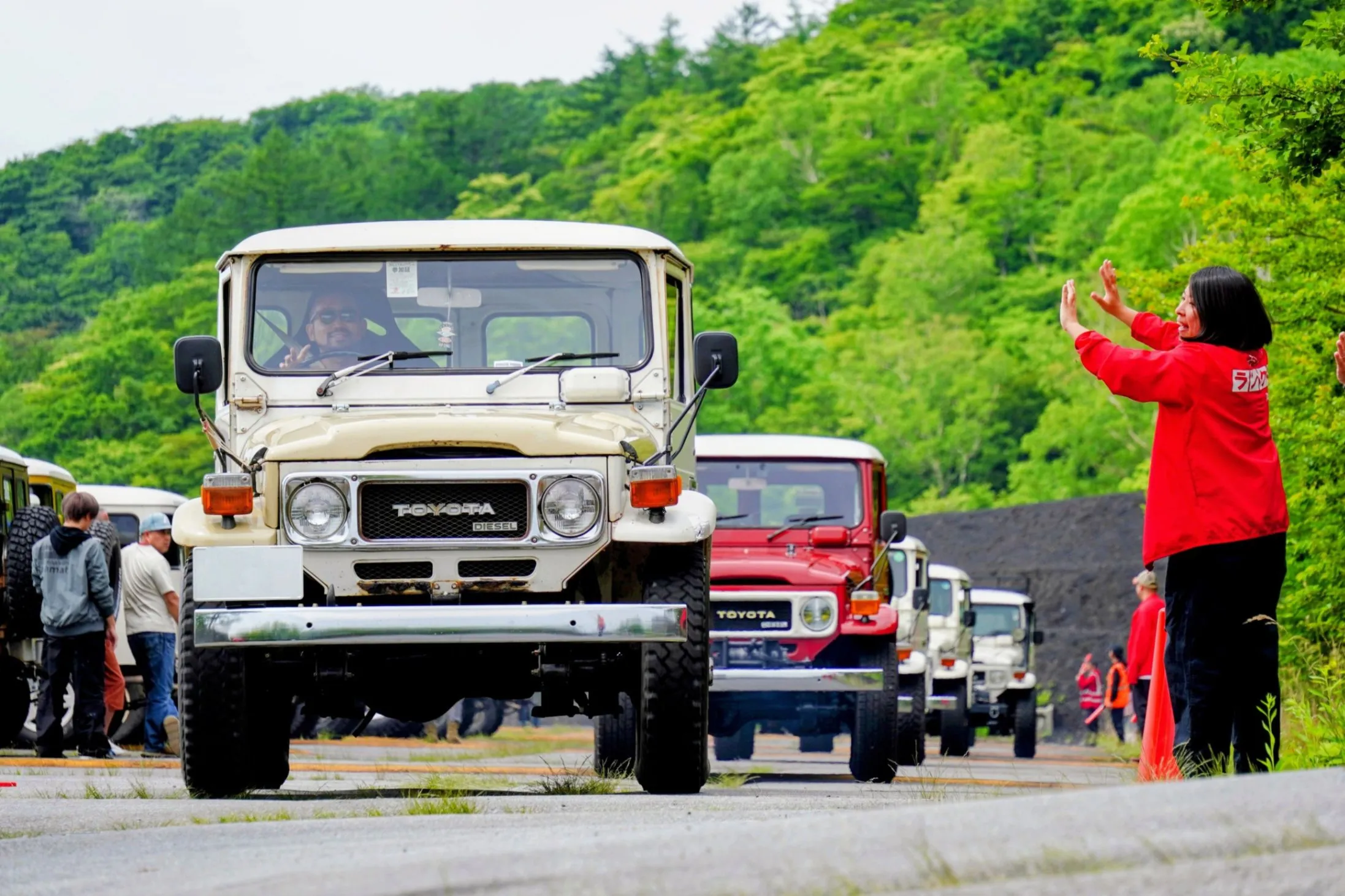
October 30, 2025
Toyota Community
30 October 2025, 8:27 AM